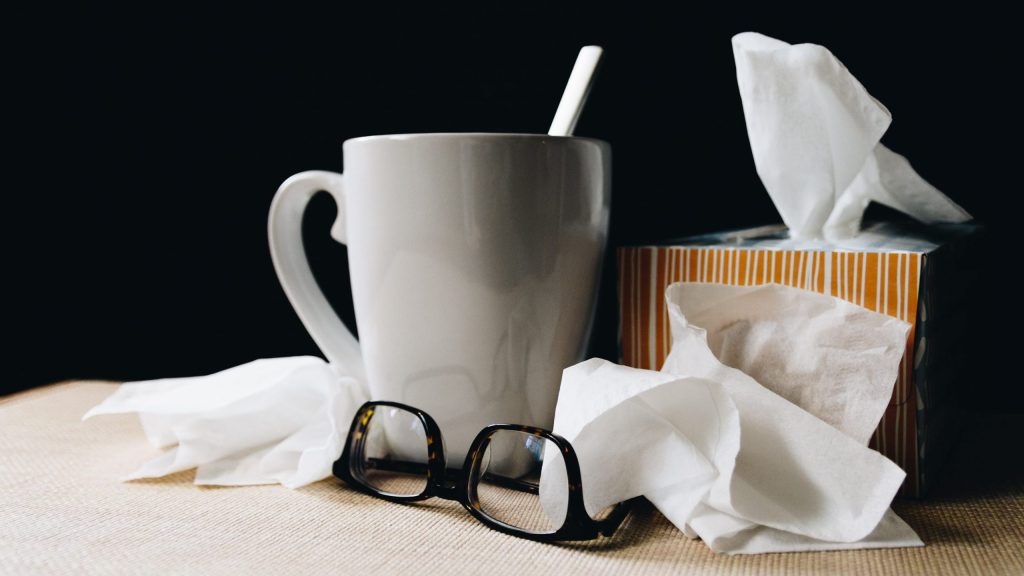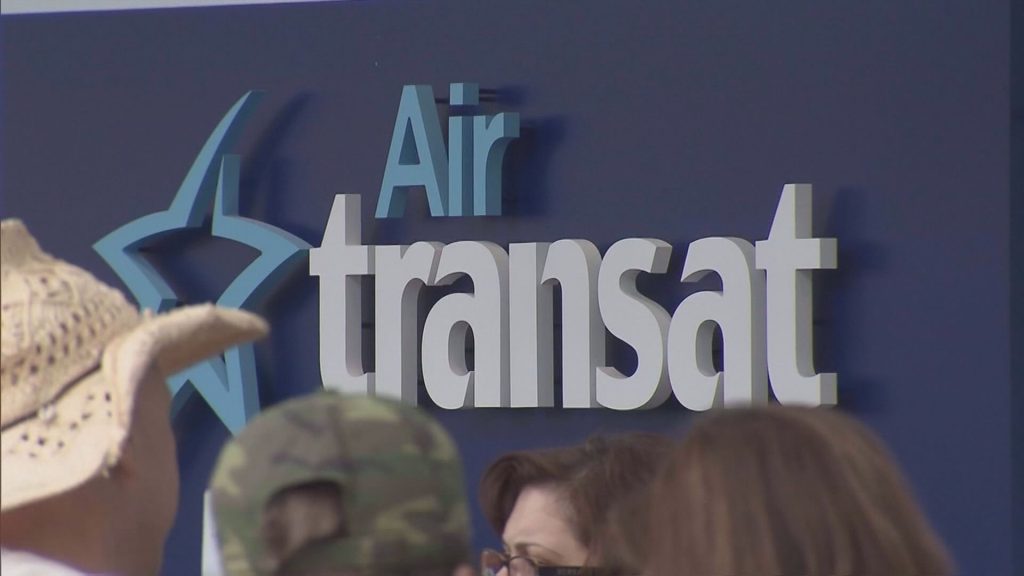Albertans prepare for cold and flu season with COVID-19 in the mix – and no health restrictions

Posted September 6, 2022 7:56 pm.
Last Updated September 6, 2022 7:59 pm.
Alberta influenza numbers dropped significantly in recent years, as public-health measures and travel restrictions slowed the global spread of the virus.
But this year is expected to be different – the first year where cold, flu and COVID-19 will co-exist with potentially no public-health orders.
“It will be our first real experience of a near normal flu season in parallel with COVID that is unfortunately still in the community,” said Dr. Craig Jenne, an infectious disease specialist and assistant professor at Calgary University’s Cumming School of Medicine.
As always, to get ahead on the fall flu season, experts in infectious disease have been watching the influenza and COVID numbers in countries like Australia, as the southern hemisphere comes out of winter months.
Dr. Jenne is one of them.
“In Australia, where numbers really early in the flu season surged ahead to levels higher than they’ve seen pre-pandemic, and unfortunately in some circumstances, there were higher numbers of severe disease, and hospitalization,” said Jenne.
Hinshaw keeping a close eye on Australia too
Alberta’s top doctor, Deena Hinshaw, is also keeping a close watch on global spread of influenza, RSV and COVID-19.
“In this year’s influenza season in Australia, case counts were higher than any previous year in the past five years, and while influenza hospitalizations were lower than the worst two influenza seasons in the past five years, they did peak at a level higher than the five-year average,” Hinshaw said in a statement to CityNews.
“If we see a similar impact here, what we need to anticipate as being different from any previous year is the combined impact on all our systems of all these viruses circulating at the same time.”
Hinshaw says Albertans need to stay true to the habits they formed during the pandemic.
“Staying home when sick, washing hands regularly, accessing the protection of vaccines at recommended intervals, and considering mask use in indoor public places when transmission is high, the more the combined impact of all these respiratory viruses can be reduced,” she said.
RELATED: As fall COVID-19 surge looms, is it worth waiting for an Omicron tailored vaccine?
Jenne reminds that a full vaccination against COVID-19 – and a negative rapid test – does not translate into immunity against influenza.
He says you could still have influenza, which also carries a risk of hospitalization for the vulnerable population.
“Just because you’ve been vaccinated against COVID doesn’t mean you are protected from the flu,” he said. “This is a professional shape-shifting virus. And if you’re vaccinated last year, the new protection this year will continue to provide better coverage.”








